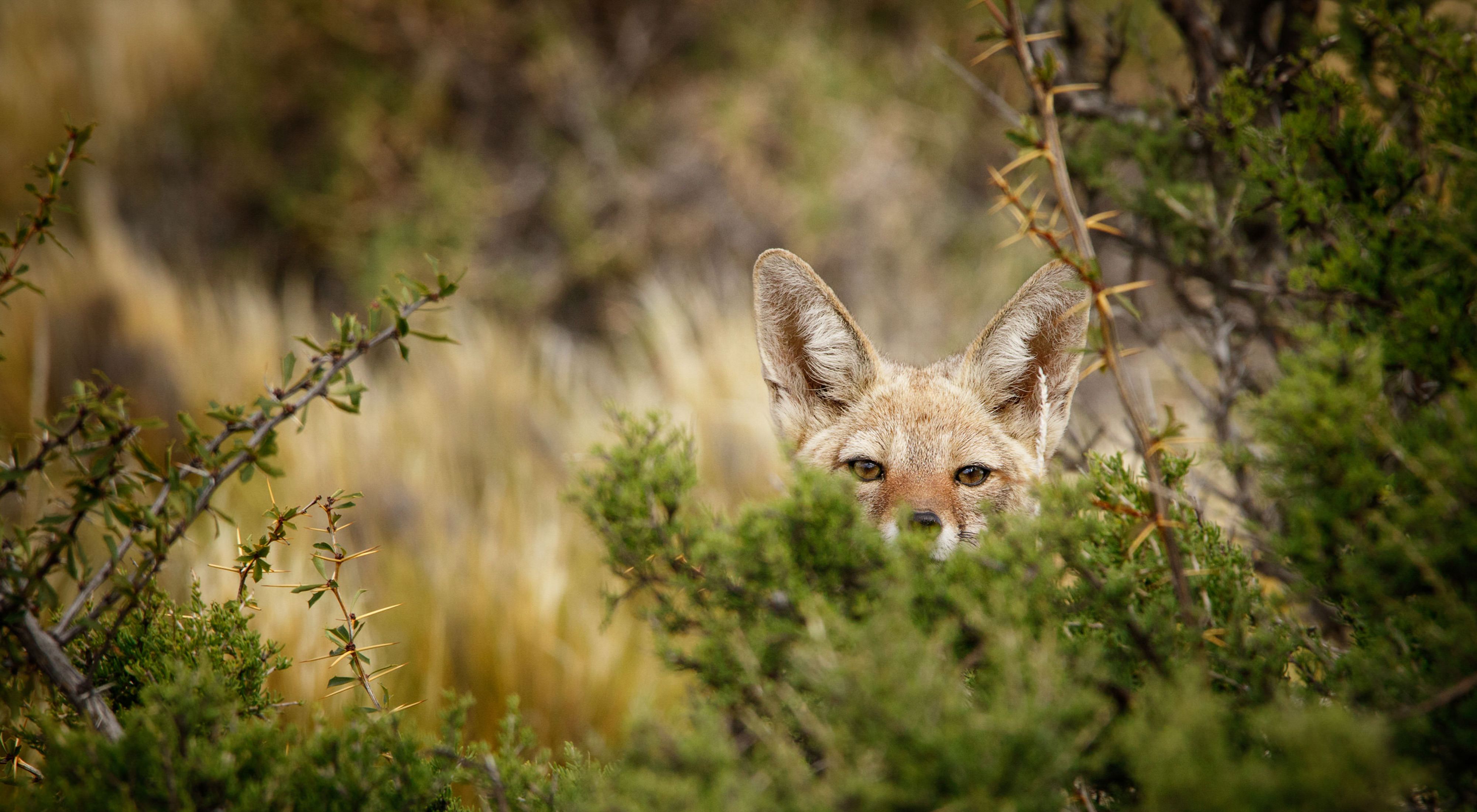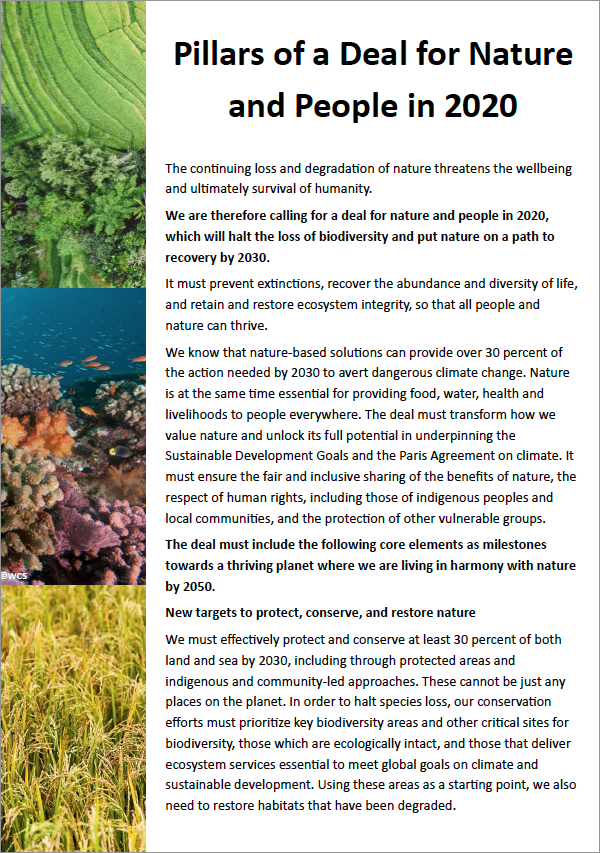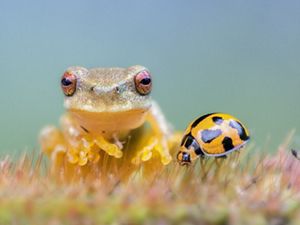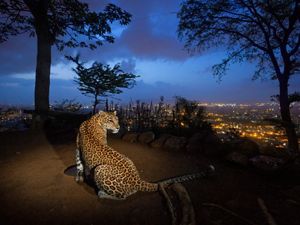It is a management truism that if you can’t measure something, you can’t manage it. Well—looking rather broadly—we can measure the Earth. Every square meter. At least on land. And we know it’s finite. Yet, the dominant development trajectory to date has shown us that in spite of some notable exceptions, the majority of humans have a difficult time managing land. We also treat the ocean as if it were boundless.
However, how we view our relationship with land and sea could be make-or-break for our civilisation and also help determine the fate of every other creature on Earth. The world is suffering massive ecosystem degradation, unprecedented wildlife decline and extinctions—all of this in the face of possible runaway climate change.
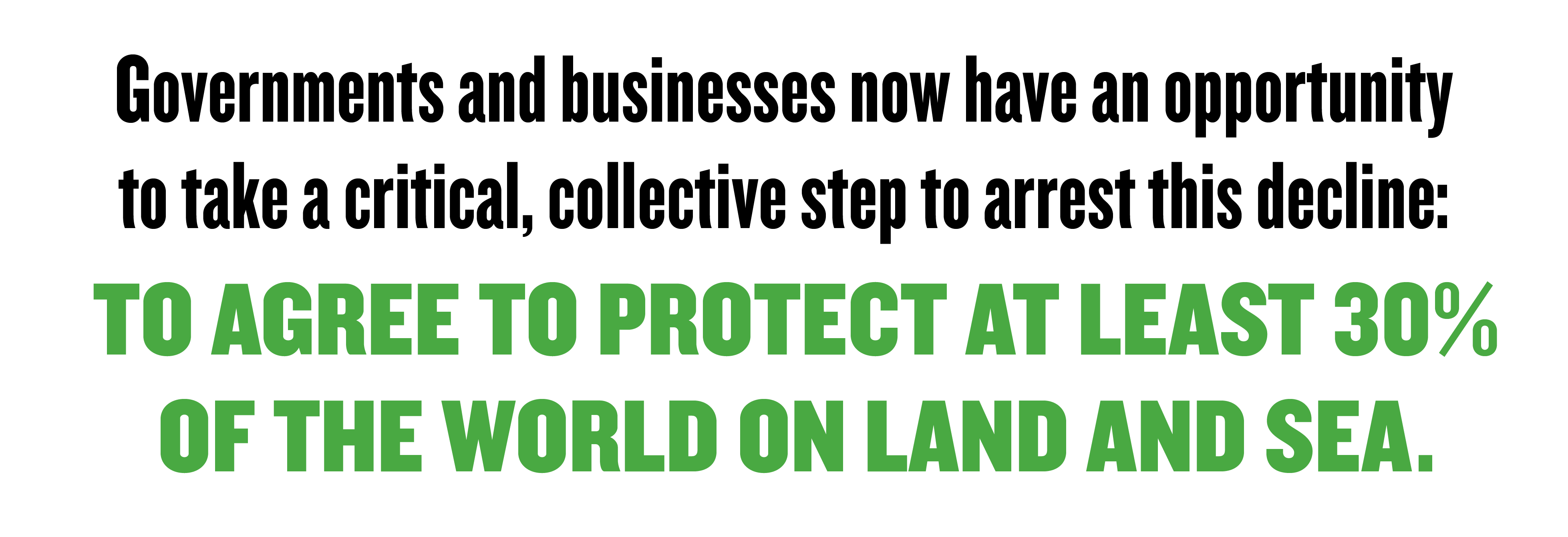
Governments and businesses now have an opportunity to take a critical, collective step to arrest this decline: to agree to protect at least 30 percent of the world on land and sea. That opportunity is coming soon: 196 governments are scheduled to meet in Kunming, China in 2022 to adopt new global biodiversity targets. The current set of global goals to end biodiversity loss and restore ecosystems, known as the Aichi Targets, expires next year.
If adopted, this new framework will act as the world’s roadmap for wildlife and habitat conservation, as well as updating countries’ goals for conservation and sustainable use of living resources. The new framework should also better align with the global Sustainable Development Goals, driving home the critical role of nature in human health and well-being.
Right now, the current protected areas targets for biodiversity conservation are 17 percent for land and 10 percent for oceans, and the world is getting pretty close to meeting the terrestrial target. So, what would 30 percent look like? Firstly, let’s be clear: any protection goal isn’t an excuse to over-exploit and trash anywhere that lies outside of ‘protected areas.’ We’ve already encroached on nature too much, and need to roll back the impacts from production and consumption where we can.
There is no science that defines a universal threshold for the proportion of the planet that needs to be protected—no magical threshold, in other words, at which the Earth enters a safe zone. More protection is definitely better—on that we can all agree. And along with that, thoughtful, science-based, equitable, and participatory management must be our guiding light and principle. We need to protect the best and improve the rest.

To make the most of a ‘30 by 30’ goal, here are our eight key takeaways:
1. Representation is crucial.
At TNC, we believe that representation is critical. In its simplest form, “representation” means that we should protect a bit of everything. Invariably the concept of representation has a habitat focus, but it can also have a species focus. Our scientists have developed new metrics for measuring how representative a protected area system is. There is no point meeting 30 percent targets by simply conserving barren rock and ice. Rather, we should seek to conserve 30 percent of every type of habitat and continue to improve the extent, quality, representativeness and resilience of natural and near-natural habitats until extinction rates fall to background levels. That is a long way off. This holds true for the ocean as much as it does on land.
2. We also care about resilience.
This means a site will be less harmed and recover more quickly from expected impacts. Some locations are likely to be much more resilient than others to stressors like climate change or disturbance and we need those in the mix. Measures must be taken to ensure durable practices are in place with sustainable financing to support these conservation measures.
3. We need to restore land.
We might logically ask—where is restoration most needed? Almost a third of terrestrial ecoregions have a shortage of suitable land to meet the current 17 percent protected area target, let alone a 30 percent target. Those ecoregions with shortfalls of suitable land to restore span all seven biogeographical realms, 12 biomes and 114 countries. About 2 million km2 (an area roughly equivalent to one-quarter of the USA or China) needs restoration, highlighting that conservation policies should reduce current human degradation where restoration is going to be important. In practice, that means all future global conservation targets need to include restrictions on the conversion of remaining habitat, alongside the expansion of protected areas.
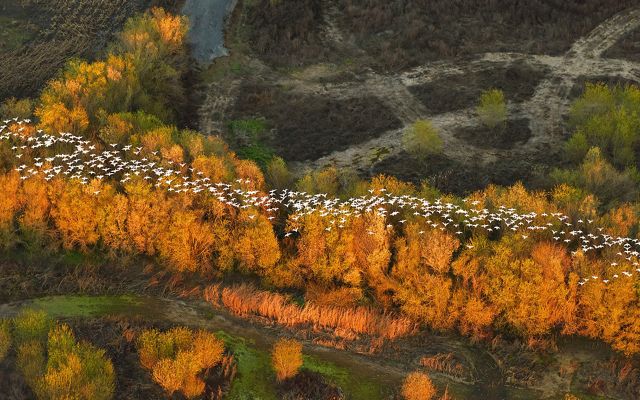
10 Steps to a Transformative Deal for Nature
RELATED READING
Ahead of the UN biodiversity summit, The Nature Conservancy offers the top 10 recommendations to reset our relationship with nature.
SEE THE TEN RECOMMENDATIONS ›
4. There are multiple effective governance arrangements for protection, and we need them all.
When some hear about TNC’s work to protect land and water or think about protection in the context of previous targets, they might assume we are talking only about the establishment of formal, government-managed, IUCN-listed protected areas. In fact, it might also include private protected areas and conservation easements as well as forests that are lightly and sustainably logged, or marine areas with sustainable fishing. Scientific evidence shows us that Indigenous peoples and local communities are often more effective conservation stewards than government-funded protected area agencies.
Protection geographies and approaches must include attention to diversity, equity and inclusion. In particular, support to the conservation and management efforts of Indigenous peoples should receive non-negotiable safeguards to ensure the continuation of traditional ways of life, including customary hunting, fishing and gathering practices.
Indigenous owned and managed lands and waters should receive recognition and support for their role in achieving the targets. Furthermore, free, prior, and informed consent must be required for any areas counted towards achieving the targets.

5. Intact wilderness areas provide disproportionate benefits
in terms of carbon sequestration, resilience, and providing for species persistence. Many of the so-called last "wilderness" areas remaining in the world lie on indigenous lands. We argue that maintaining the integrity of dwindling intact habitats is an urgent priority for current global conservation efforts and should be a central component of global and national environmental strategies, alongside current efforts aimed at halting additional habitat loss and habitat restoration.
6. We should be putting more of our money into the effective management of existing protected areas.
A protected area that has lost most of its large mammals, birds and trees through illegal activities cannot fully contribute to reducing extinction rates. Humanity is running behind in terms of our investments in management of protected areas, and the only places where expanding protected areas might be a much greater short-term priority than management is in countries that fall far short of the current protected areas targets.
7. ‘Net gain’ of all habitat types is important even if we conserve 30% by 2030.
As we don’t know if 30 percent of every habitat being protected is enough, we also need to manage the remainder of the land (i.e. the other 70 percent), in ways that increase the extent and condition of all habitats. Improved efficiencies in sustainable agriculture, fisheries and reducing the footprint of our energy and industrial activities are essential to making this possible.
8. We must transform how we view nature.
Integrating a worldview of our interdependence on nature into the economy and society as a whole is paramount.
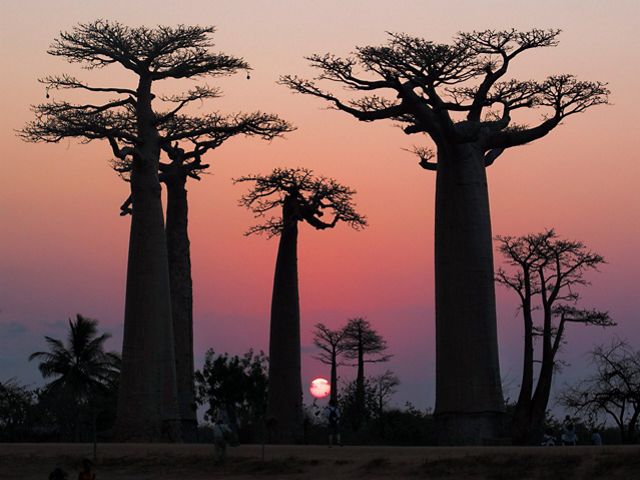
To summarise: We are in the middle of a planetary emergency, with species going extinct at 1,000 times the "background" rate. Too much nature has already been lost or degraded. In response, the new global framework must seek to halt and reverse this loss by committing parties to actions that will stop further loss and incentivize restoration and resilience.
 That means that at least 30 percent of terrestrial and inland water areas and 30 per cent of the ocean must be conserved through an effectively and equitably managed, ecologically representative, well-connected system of sustainably managed protected areas where they are most needed. The condition of the remaining 70 percent of land and sea also needs to improve. Of all the plants and animals with whom we share the planet, only we have the power to choose the path our collective futures will take.
That means that at least 30 percent of terrestrial and inland water areas and 30 per cent of the ocean must be conserved through an effectively and equitably managed, ecologically representative, well-connected system of sustainably managed protected areas where they are most needed. The condition of the remaining 70 percent of land and sea also needs to improve. Of all the plants and animals with whom we share the planet, only we have the power to choose the path our collective futures will take.
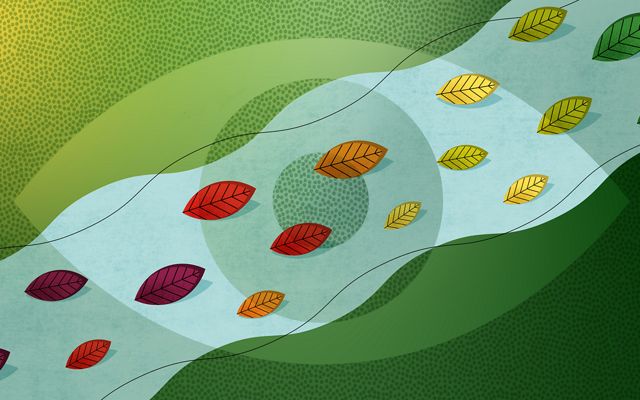
Will Nature Go Mainstream in 2021?
RELATED READING
The pandemic has reinforced nature’s central role in our lives. Here are five ways nature will be critical for the year, and decade, ahead.
READ WHAT'S AT STAKE ›
Resources
Global Insights
Check out our latest thinking and real-world solutions to some of the most complex challenges facing people and the planet today.
